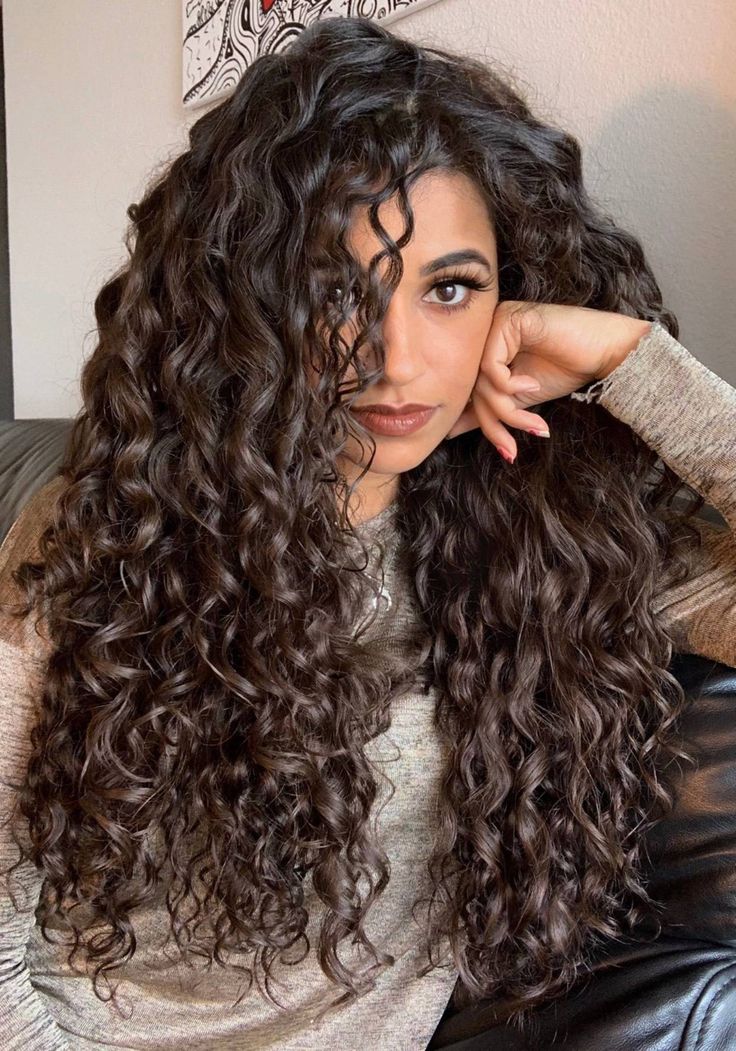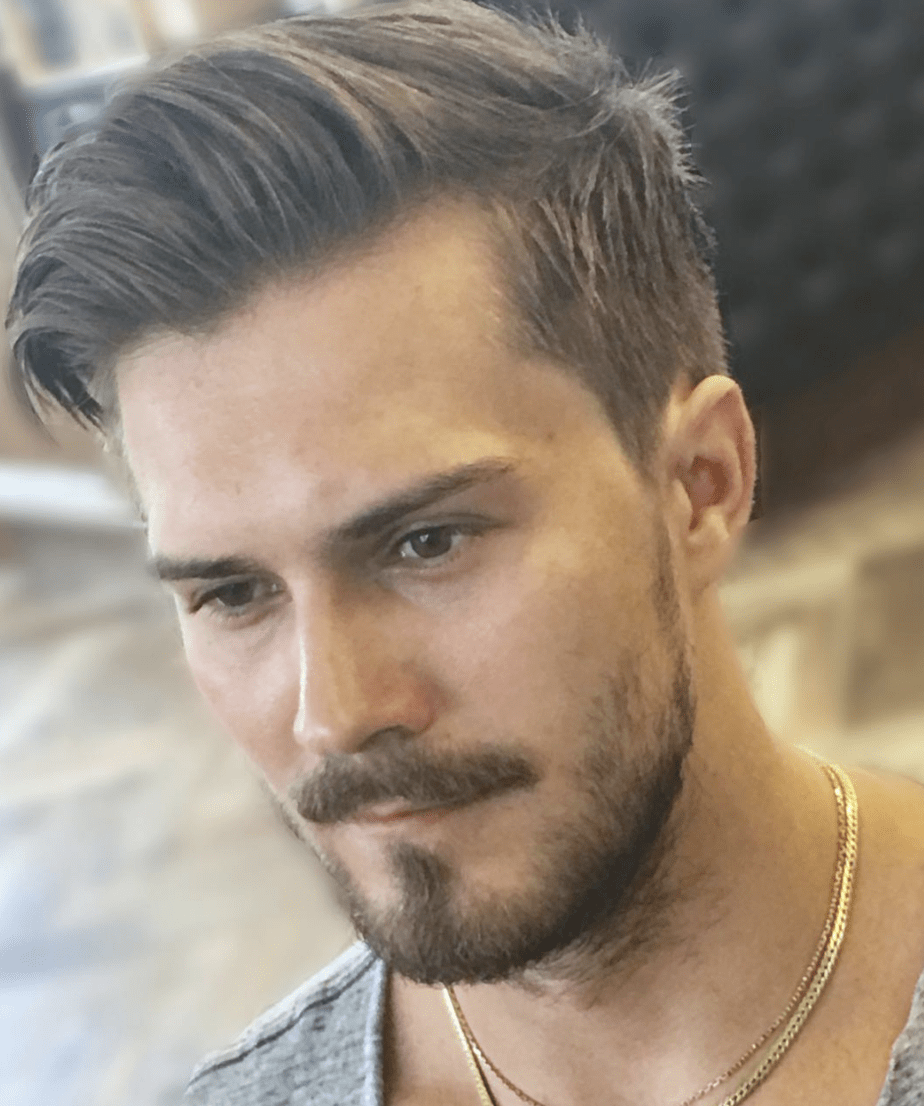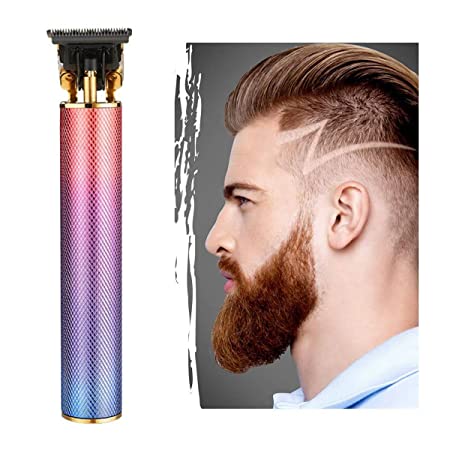This article’s goal is to educate students and readers on how to write about hair. If you do not want to ask for professional writing help and want to write a paper on your own, this article will definitely come in handy. There are several ways to describe hair-related things. Other terminologies for doing and making hair that students and readers should be aware of. This post will go through them in depth. A common saying goes, ‘A woman’s beauty is not determined by the clothes she wears, her body, or the way she combs her hair.’

This is true, however, individuals continue to criticize others and make quick judgments based on their appearance. Hair expresses one’s personality and way of life. It has a big impact when combined with the eyes and significant facial features. I believe it’s one of the reasons the expression “bad hair day” was coined.
Hair comes from follicles that are positioned at the confluence of the deep layers of the dermis and the hypodermis. These follicles are often referred to as hair bulbs. A tiny channel that goes through the interior of the hair shaft supplies blood flow, supplying the hair with all the important nutrients it requires to be healthy, such as amino acids, mineral salts, and vitamins. The hair shaft is encircled by glands, the most significant of which is the sebaceous gland, which generates sebum, a natural lubricant for the hair. Pores on the scalp’s surface expel perspiration generated by sweat glands.
It is important that you come up with clever terms to describe a person’s haircut and movement. It could also be linked to the action, whether it’s natural hair movement or dancing-related movement.
Common phrases for hair movement
There are common phrases used in describing hair movement, they include:
- Lively
- Smelled like burnt chicken feathers
- Snow drifts of dandruff
- Veiled her expression with Greased into a ducktail
- Flowing in the wind
- Breezing in the air
- Blown on the wind
- Moving fluidly
- Windswept
- Fluffy
- The winds running through hair
- Spectacular
- Elegant
Common phrases for hair color
Also, there are phrases peculiar to the description of hair color;
- Ash Brown
- Light Golden Brown
- Umber Brown
- Ebony Brown
- Raven Brown
- Snowy White
- Silver Gray Hair
- Bleach White
- Ombre Purple
- Fiery Red
- Amber Red
- Jet dark
- Pitch dark
Hair description writing guidelines
- Word combination – As a writer, you should be able to mix sentences to provide a detailed description of the hair you’re attempting to describe. Using a combination of phrases to provide a reader a complete description of the hair, such as ‘braided black hair’ or’ straight hair,’ for instance, will allow a person to learn more about the black hair.
- Description of hair texture – There are a variety of textures to look at. You will need to know them all before you start to describe them.
There are a variety of textures to look at. You will need to know them all before you start to describe them. You should look at the hair thickness, its density, and the degree of curliness before attempting to describe any. The thick texture, the medium texture, and the tiny texture are the three sorts of texture you’ll have to focus on in your descriptions.
Types of hair texture
- Fine texture – this is also called soft texture. This texture of hair shows just one layer indicating that it is very light and delicate. It is similar to that of a young child, and it is unable to remain upright on the head. Using too many additives on it can cause hair problems.
- Thick texture – this is also called hard texture. This is the type of hair that shows and has all of the layers of hair; if you describe it as thick, it means that the hair covers a large portion of the head. When compared to other textures, the hair holds water for a long period.
- Medium texture – This texture of the hair isn’t as thick (hard) as the first texture, but it’s just quiet enough to wrap the head; unlike the thick texture, it has two layers. Because the hair is lighter than the thick texture, it may be styled in a variety of ways.
Describing the smell of a hair
It can be tough for a reader to relate to a smell if you don’t have the correct words to express it. Foods like honey and cool cucumber-flavored shampoo are fantastic options.
Look for better adjectives and nouns to describe the fragrance. It’s important to remember that only precise descriptions will convey the intended message.
Porosity of hair
The porosity of hair is a measurement of a person’s hair’s ability to absorb moisture. The number of holes or tears in the cuticle layer determines hair porosity. The cuticle is the hair’s outer covering, which protects it from damage.
Hair is permeable by nature. Hair that has been damaged by bleaching or chemical treatments, on the other hand, is more porous than hair that has not been treated.
To allow their hair to recuperate, people may find it beneficial to avoid harsh chemical and high heat treatments.
Hair care tips
- Shampooing – Shampoo your hair as often as necessary. This is usually when the hair starts to turn oily, which happens at varying speeds for different people. Those with oily skin and hair may require more frequent shampooing. Apply the shampoo to the scalp only.
- Conditioning – After each shampoo, a conditioner should be applied. Concentrate the conditioner on your hair’s tips.
- Drying – People can either cover their hair in a towel and air dry it or use the lowest setting on a blow dryer. The use of a blow dryer might cause more hair damage than natural drying.
- Weaving and hair extensions – If at all possible, use lightweight weaves and extensions. Tightly pulled hair, also known as traction alopecia, can cause hair loss
- Chemical treatment – People should strive to leave sometime between color touch-ups when chemically treating their hair. They should also try to only receive one therapy at a time. This is due to the fact that highly treated hair is more prone to breaking.
Averagely, people shed about 40–160 hairs every day, according to the WTS. Hair washing, brushing, and combing can all cause this. Some people, however, lose more hair than they can regrow.
This can occur for a variety of reasons. Androgenetic alopecia is a prevalent cause. This is a genetically predetermined disorder that affects about half of the population. Hair loss occurs at the temples and on the top of the head in men. Hair loss in women can damage the crow.

